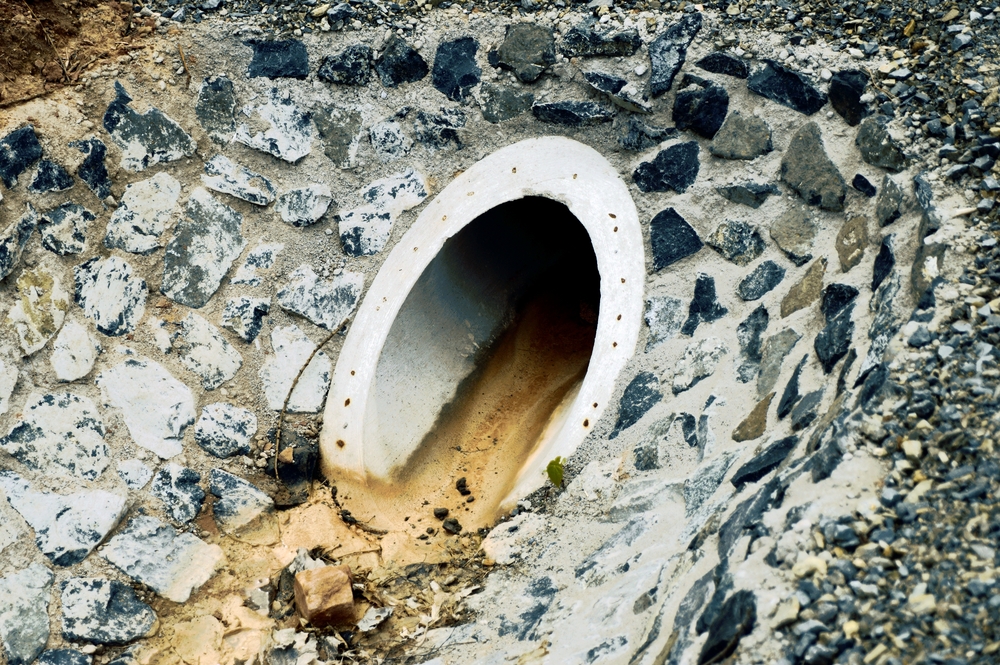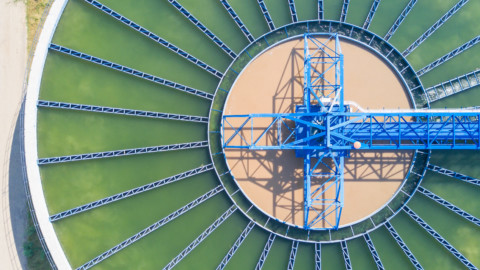Melbourne Water (MW) is using Internet of Things technology to improve its monitoring of a notorious stormwater pipe located at a beach on the Mornington Peninsula which is known to backup and cause flooding.
The Murray Anderson outlet, located on the Rosebud beach close to the town’s pier, allows stormwater runoff from nearby highways and streets to be released, ensuring it does not pool and eventually flood local roads, homes and businesses.
However during dry, windy periods the drain can become clogged with sand, causing the pipe to block and water to backup.
Previously, maintenance crews would visually check the drain every few days to ensure it had not become covered in sand.
Now, MW is monitoring the drain via small, inexpensive sensors which feed readings back to an app in real time, eliminating the need for visual checks and improving response times.
MW Automation Team Leader, Russell Riding, said the technology was one example of Melbourne Water utilising the Internet of Things.
“The Internet of Things is all about connecting internet-enabled devices with everyday objects so they can send and receive data,” Mr Riding said.
“In this case it means being able to know when the pipe is getting choked up with sand thanks to hourly data which is easily accessed on any mobile phone or computer.
“While still being tested, the system will ultimately allow us to monitor the drain for blockages without the need to attend the site. On detection of a blockage we can immediately deploy our on-duty personnel to rectify the blockage.
“This means we’ll not only be saving on the costs of visual inspections, we’ll actually able to react as soon as there is a blockage, rather than waiting until the next scheduled inspection.”
The pipe captures runoff from as far back as Waterfall Gulley road, meaning there is a significant volume of stormwater potentially entering the system in heavy rain events.
Rainfall which hits the Mornington Peninsula Freeway and the Nepean Highway also enters this system, so it is critical the drain remains clear to ensure these major roads do not become inundated.
During rainfall events after dry periods, the drain has flooded as a result of being blocked.
This has impacted water levels on the highways and surrounding streets well as flooding at least one local business in recent years.
“With this asset, the solution is very straight forward: a technician simply removes sand from the mouth of the drain with a shovel and releases the water. The process only takes around five minutes.
“The challenge is that this needs to be done as soon as a blockage is identified in order to avoid significant consequences, so this monitoring technology allows us to do just that.”
Lessons learned from the Internet of Things technology trial on the Rosebud stormwater pipe will help MW to implement similar programs across a range of other assets around the city.
















